How many saccharine indie dramedies about dysfunctional families can the market sustain? Apparently demand is inexhaustible, at least in the mind of John Krasinski. The Hollars isn’t horrible. It simply amounts to little more than just another undistinguished entry into an already bloated genre. I’ve got nothing against such films, but stories along these very lines have been often told, and often better.
Krasinski’s affinity for talky melodrama should be apparent in the wake of his directorial debut, 2009’s adaptation of David Foster Wallace’s Brief Interviews with Hideous Men. Unlike that film, The Hollars lacks solid source material to draw from and, in its absence, fails to deliver anything resembling a compelling narrative. Krasinski plays an artsy type with a heavily pregnant girlfriend and a soul-crushing day job in New York whose life choices are called into question when he returns home to his estranged family after his mother is diagnosed with a softball-size brain tumor. High jinks ensue. If a former sitcom actor directing himself through one and a half hours of self-important navel-gazing sounds promising to you, then you must’ve liked Garden State (2004) a lot more than I did.
There’s nothing revolutionary about the premise, and Jim Strouse’s screenplay shoehorns in every tired genre trope, from its quirky cast of characters to its cloyingly sweet ending. The biggest problem with the script — beyond its pallid pacing and predictable personages — is the significant structural shortcomings. The second-act crisis is placed almost an hour in, leaving the climax little room to breathe. By the time the third act starts, the dramatic tension has been so thoroughly undercut that the rest of the film feels perfunctory. That the third act falls so distinctly flat is a genuine shame, because this remarkably strong ensemble cast of noted character actors deserved much better.
Star-director Krasinski should have shown the restraint to leave himself out of the cast, as his contrived everyman performance is far and away the weakest link in a strong ensemble. Sharlto Copely is pleasantly unhinged as Krasinski’s recently divorced older brother, and the same goes for Charlie Day as the ineffectual husband of Krasinski’s high school sweetheart, Mary Elizabeth Winstead. It’s great to see Richard Jenkins chew a little scenery, stepping just far enough outside his typically staid father-figure persona. But the real scene-stealer here is Margo Martindale, who brings humor, nuance and pathos to her role as the family’s cancer-ridden matriarch. Martindale’s performance is so good it almost single-handedly redeems the entire movie. Unfortunately, no one actor could overcome the mountain of mediocrity that constitutes The Hollars.
Krasinski’s direction is uninspired and workmanlike, but at least he has the good sense to get camera work out of the way and let his cast carry the weight of the film. Still, there’s only so much they can do with the tepid material they’ve been given, and the lack of visual interest or an engaging story leaves the film without a center beyond its cast. Even at a brief 88 minutes, this movie feels long-winded, verging on pointlessness.
The Hollars may not be the worst film of its ilk, but it would’ve had to be among the very best to garner my recommendation. It isn’t — and it doesn’t. It is indeed a dark day at the cineplex when filmmakers have apparently decided that the term “Sundance” denotes a genre and not a festival. This is not a new phenomenon, but The Hollars proves that, like the brain tumor afflicting Martindale’s character, it has gone undiagnosed for too long and has become a terminal condition. Rated PG-13 for brief language and some thematic material.
Opens Friday at Carolina Cinemark and Fine Arts Theatre



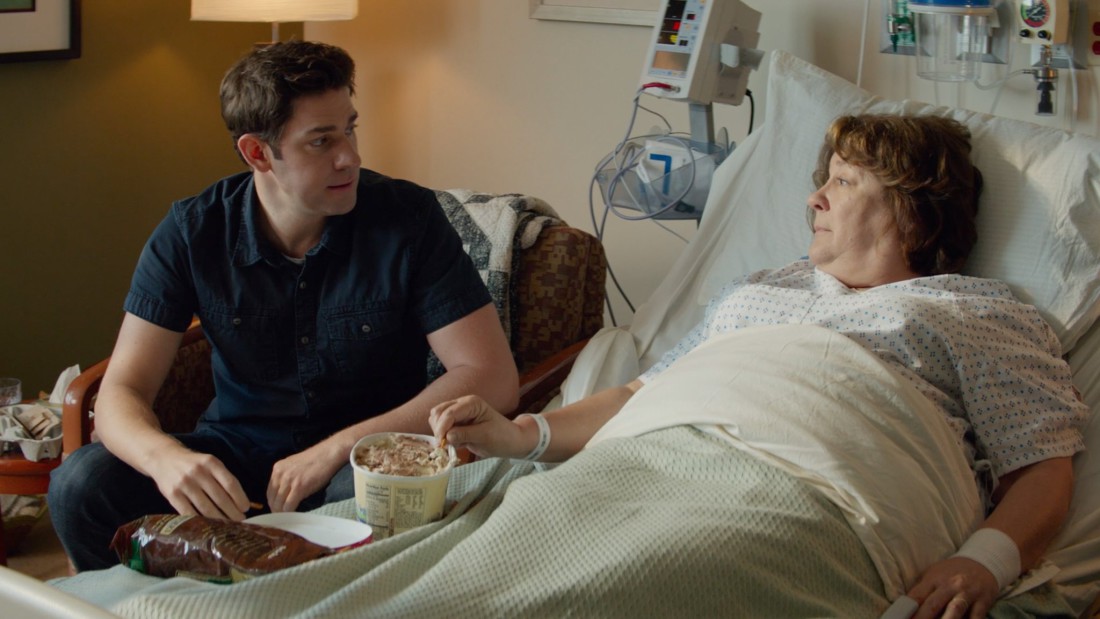
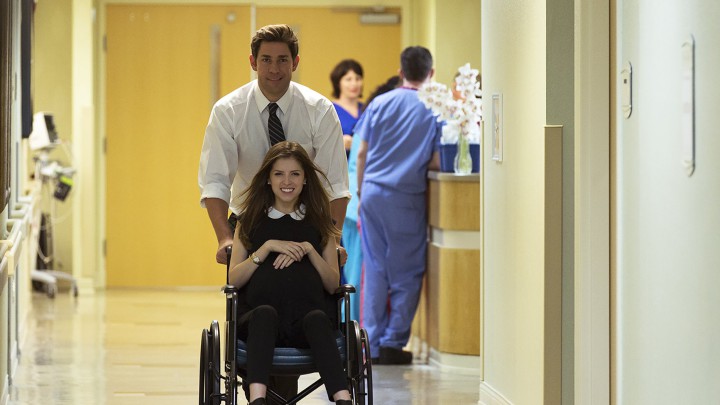
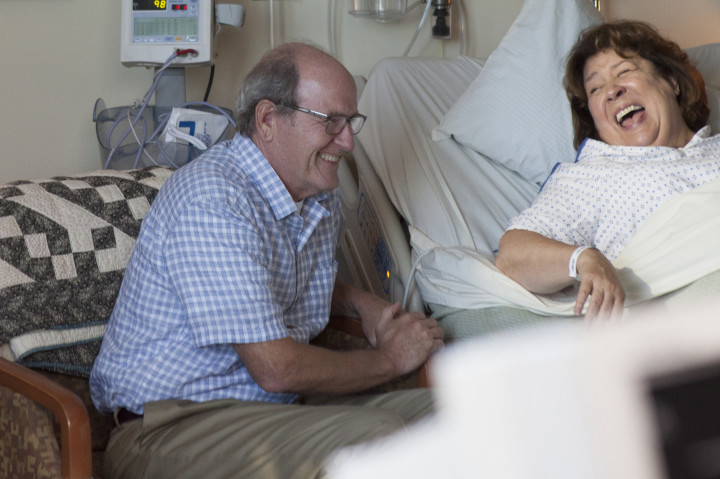
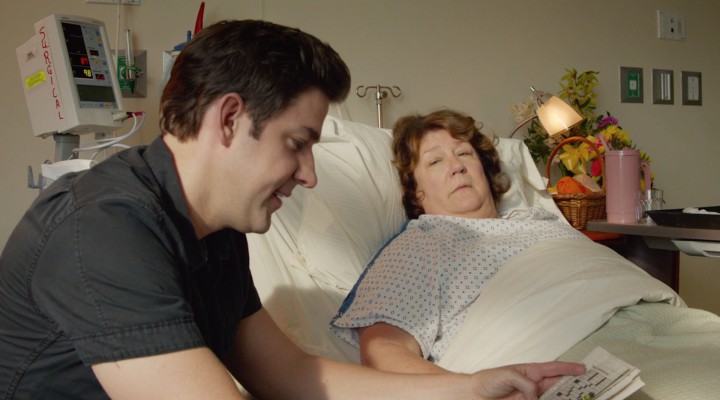
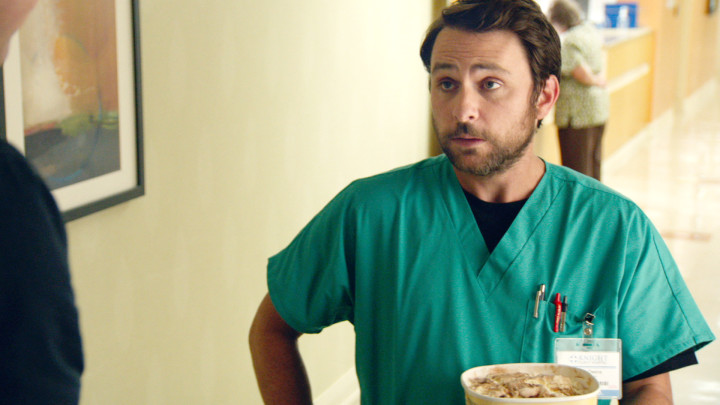
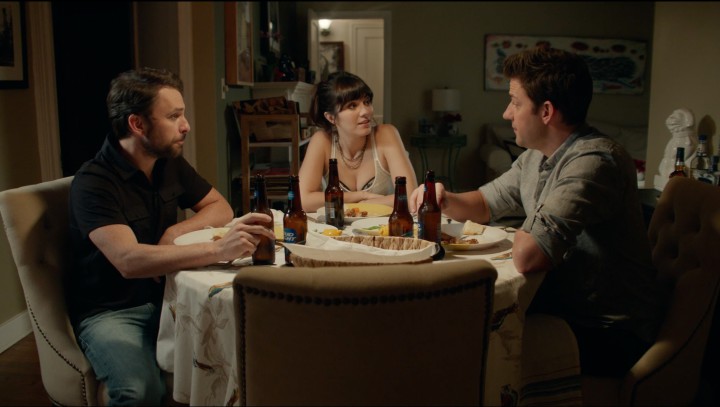
Saw this last night. Agree that apart from Martindale’s performance there was no there there. Her loss of composure at the end seemed very real in a movie that prided itself on highly stilted script and direction that gave naturalism short shrift. I personally found Copley, Wood, and Josh Groban’s [not cited] characters particularly forced and contrived. And what was up with Mary Kay Place’s blink-and-you-miss-it, completely irrelevant character in this movie? Should I blame the editor for that one?